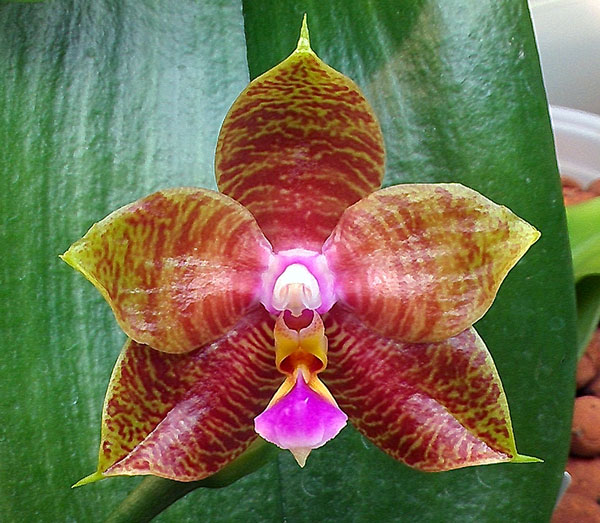Ben Belton
Active Member
I'm mostly a Phal grower, so sorry if this questions comes off a bit basic.
As I've started to get my foot wet in Paphs, someone told me that a plant I had was potted wrong. They said Paphs require the substrate to come higher up the plant that with other type orchids. They told me that in nature the plants "felt" material building up around their base on the forest floor, and this induced them to grow roots.
I believe this person because they are a very good Paph grower, but after reading reading and more reading, I haven't seen what I would think is a very important point mentioned. Maybe I've looked in the wrong place. Maybe it was mentioned but not emphasized.
What do you think? If this is true, how deep do I put them?
As I've started to get my foot wet in Paphs, someone told me that a plant I had was potted wrong. They said Paphs require the substrate to come higher up the plant that with other type orchids. They told me that in nature the plants "felt" material building up around their base on the forest floor, and this induced them to grow roots.
I believe this person because they are a very good Paph grower, but after reading reading and more reading, I haven't seen what I would think is a very important point mentioned. Maybe I've looked in the wrong place. Maybe it was mentioned but not emphasized.
What do you think? If this is true, how deep do I put them?





